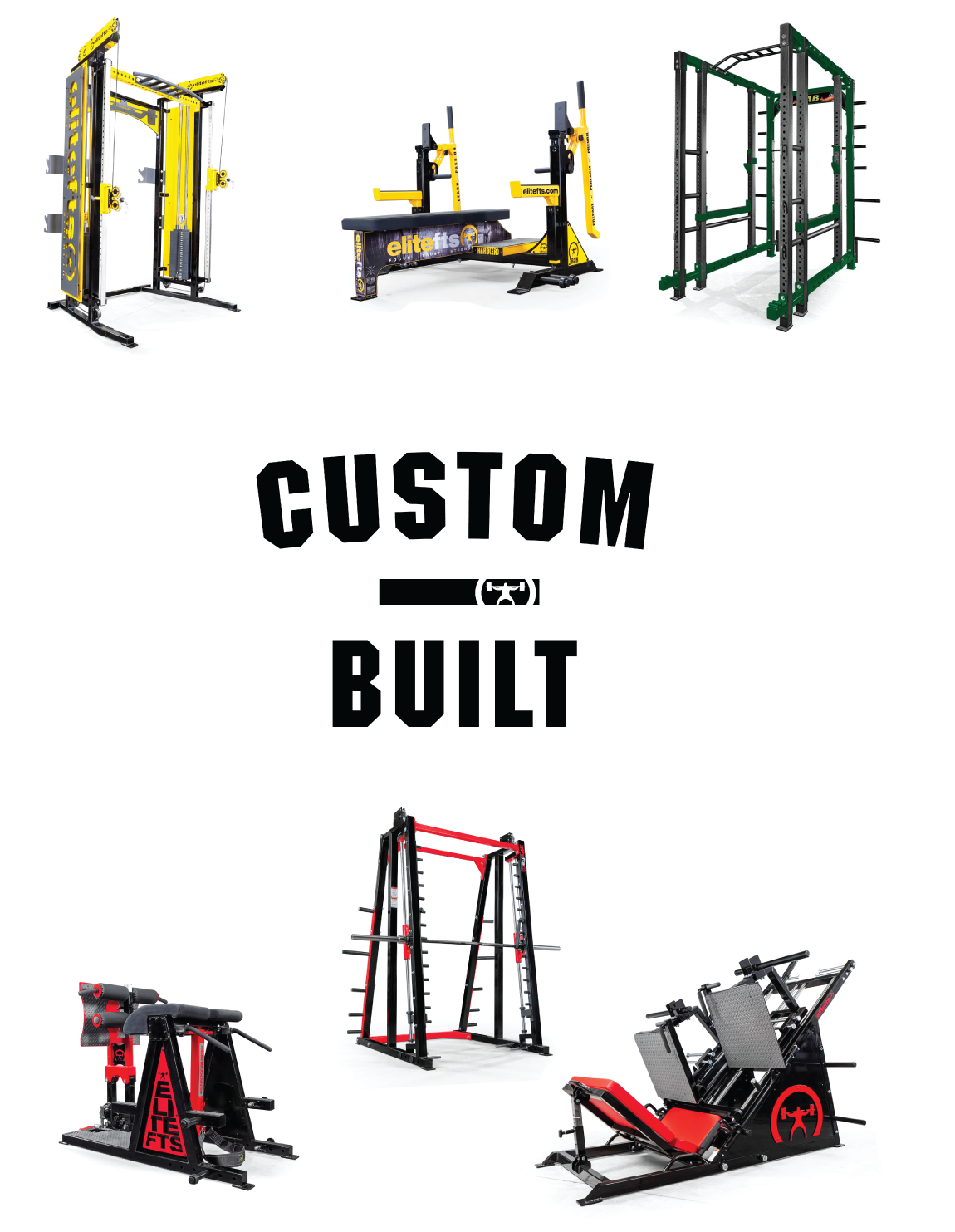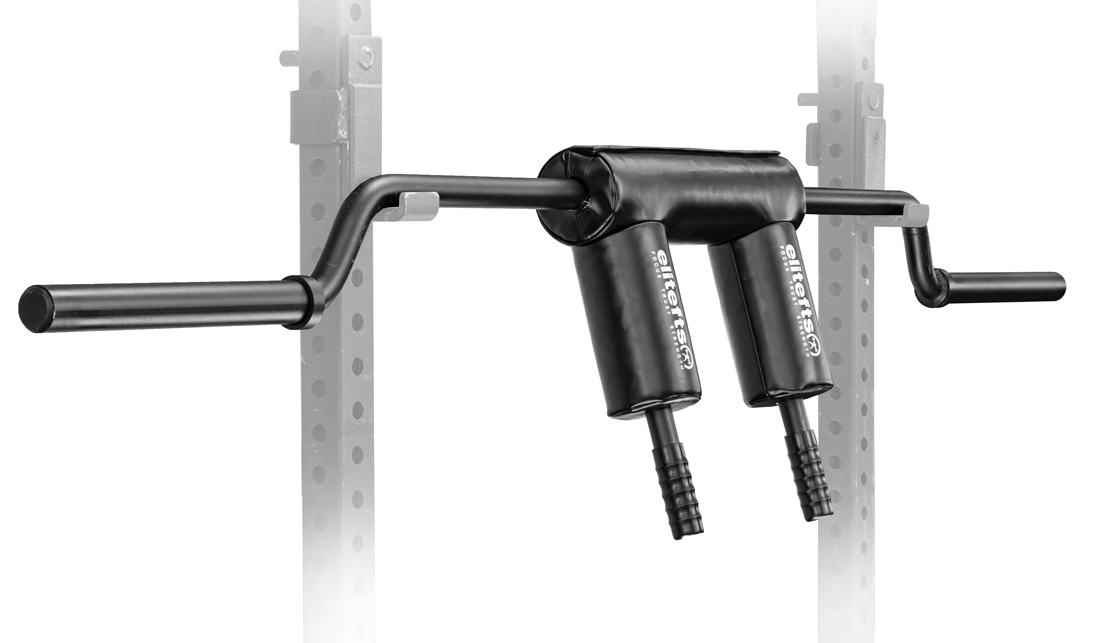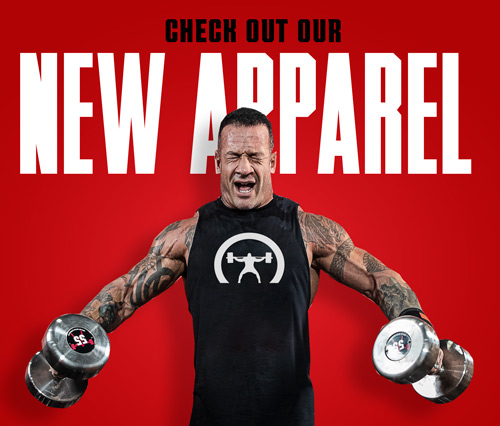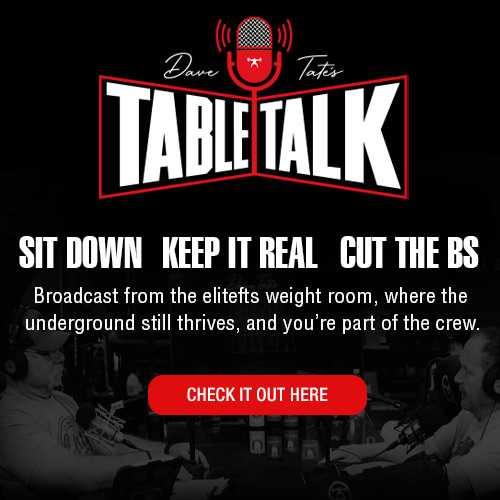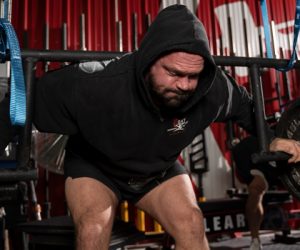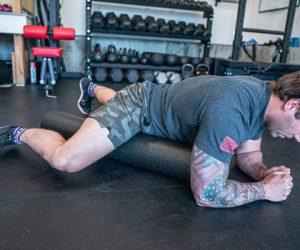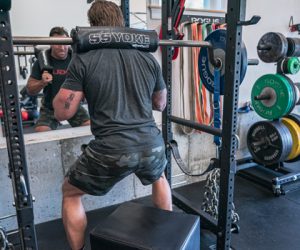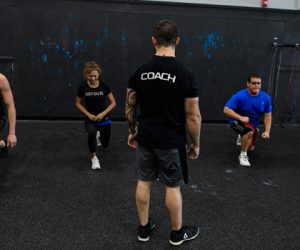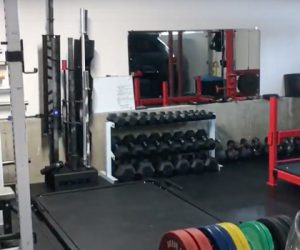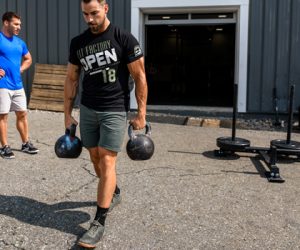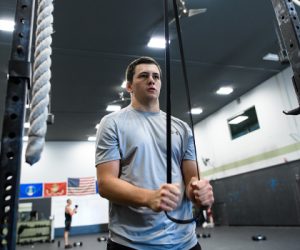New and Improved Box Programming for 2024
Jason Brown shares how he’d create new and improved box programming. The biggest factors are…
Unlock the Power of Full Body Training
Learn how Full Body Training (FBT) can optimize your workout time, enhance mobility, and improve body composition.
Conjugate x Conditioning Tactical Athlete Programming
Let’s boil down program design for the tactical athlete into five main categories: peak sustainability, stress management, [click for more].
Conjugate for the Everyday Athlete
Are you over 35, a busy professional, love to train, and hate to feel like shit? Perfect! This training template is for you!
How to Determine the Right Training Split in 5 Steps
Most people try to cram a square peg into a round hole when choosing their training plan. Why not create a training split that compliments your lifestyle?
Three-Times-A-Week Conjugate
Here’s how to use a three-times-a-week conjugate split for your clients. You may just find this split more goal-conducive than a typical split.
Conjugate x Conditioning Football
Use these templates to cover all bases (strength development and conditioning) in one seamless program!
Anti- Dad Bod Training Program
Now that you’re a dad, your programming has to be taken back to the drawing board. One thing you don’t have time to waste is time.
Speed Work for Strength Gains
There are more components to a lifting schedule than heavy training. How about training for speed?
Chain Gains: Set up 101 With elitefts Columnist Jason Brown
Chains have been a staple of training for some of the strongest people in the world, but they can be tricky if you are wondering how to implement them into your own training. Jason Brown, columnist for elitefts, breaks it down in a very well done Instagram post. Check it out below as well as […]
5 Ways To Take Your Program To The Next Level
1. Prioritize Strength Training It’s important to note that strength provides the basis for success across multiple modalities, increased resiliency and longevity, connecting to every biomotor ability. Even if the goal isn’t necessarily to improve maximal strength (increasing your 1-rep max squat), there are still connections between maximal strength and other abilities such as […]
5 Ways to Improve Your Programming
Program these five key areas to improve your clients’ results and keep them injury-free while staying motivated to train.
20 Tips to Improve Your Training
Twenty tips aka twenty ways to control and advance your training, especially if you’ve reached a sticking point. If all else fails, you have a long list of great online programming services to help your clientele reach their goals.
3 Conditioning Methods to Use With Conjugate
While there is a long list of methods that go far beyond what’s mentioned in this article, these three methods develop the aerobic system—which for many, is an area of weakness and thus low-hanging fruit.
6 Foundational Movement Pattern Variations
If you’re not spending time with each of these patterns weekly, you’re leaving gains on the table.
6 New Uses for the Safety Squat Yoke Bar
The SSB is quite possibly the best bar known to man. FYI, this article isn’t meant to sell you the SSB, but we’ve had so much success with this bar; it’s hard not to share our experiences with it.
The Future of Box Programming (Part 2)
Right now, CrossFit faces challenges that no playbook illustrates. Here’s how I’m making sense of it all.
The Memorial Day Murph Experience
In honor of Lieutenant Michael Murphy, it’s time to rep out our yearly tradition. But remember, the volume of this hero WOD is brutal even if you’ve been training consistently for the last 12-weeks. Instead of trying to go “all-in” being mindful of scaling, pacing, and NOT worrying about your past times is important.
The Garage Gym Guide
With a garage gym, every square inch of space matters, and over a short period, our garage gym has evolved quite a bit.
Loaded Carries for Box Athletes
Loaded carries are so effective that you won’t find one program that we offer that does not include them on the regular.
Glute Training for Meatheads
Training to get Instagram-worthy glutes is just as much for the guys as it is the girls. Not only will your backside look better, but working on your glutes might help out with knee and back pain, too.
10 Training Mistakes to Avoid
Here are some simple mistakes to avoid that will allow you to put yourself in the best position to train pain-free for life, perform like a stud, and look good naked.
Smarter Programming for the Competitive Box Athlete
Believe it or not, it is possible to train multiple qualities at the same time. Athletes all over the world are training that way and making huge strides.
How to Increase Work Capacity Without Overtraining
There’s a fine line between doing enough work and too much work. Don’t fall into this trap. Be realistic with yourself (and your clients, if you’re a coach) and train for long-term success, not for short-term burnout.
Use the Air Bike to Train All 3 Energy Systems
Believe it or not, the Air Bike can provide more benefits than just smoking your clients.
How Many Exercise Variations Do You Need?
When I refer back to what worked best for me in college, I always seem to glean some “new” information by reviewing old material. This time around, I decided to use less variance in my programming by repeating the same special exercises 3 weeks at a time.
Plyometrics for Group Programming
Plyometric work is easy to teach, and depending on the variation you choose, easy to recover from. It doesn’t need a huge investment of time from both a learning curve and application perspective. Its inclusion is a no-brainer!
The Best Conjugate Training Plan
If you understand the conjugate method, can devote 4 to 5 hours of training per week, not competing in sports but is trying to look and feel better, boy, have I got the perfect program for you!
20 Smarter Alternatives for Traditional Box Exercises
I’ve said this more than once, and I’ll say it again: if you want to better serve your box clients, you need to program for the general population. Here are a couple of things you can ditch doing and what you should be doing instead.
GPP Training: You're Doing It Wrong
If your client cannot pull a sled or carry two heavy kettlebells without having to rest excessively between sets, you need to implement GPP to build your clients’ foundations. But you need to implement it the right way.
How to Improve Box Programming
Consider how your clients are responding to stress and the demands of your program and what we need to consider to devise a better plan. That’s how we’ll improve this sport.
The Future of Box Programming
I’ve seen an influx of boxes close over this last year—more than prior years. This tells me that we need to change to survive. My suggestion? Pull away from the hardcore box audience and focus more on programming for the general population.
Running Cycles at Boxes: Stop Wasting Your Clients' Time
I’m not going to waste your time today, so I’ll get right to the point. Here is my list of reasons why you should avoid linear programming for group box classes at your facility like the plague. Your clients will thank you — maybe not directly, but at least by continuing to show up for class.
The Most Valuable Aspect of Box Group Programming
While many coaches preach “do extra” before and after in order to perform arguably the most valuable aspect of group programming, your clients do not need to show up early for class or stay late to accomplish this.
Higher Rep Work with the Conjugate Method
Higher rep work can be beneficial, but it needs to be properly managed. We are still going to use 1-rep maxes for our primary means of developing intra/intermuscular coordination, but there are a few strategies we can use to ensure we incur extra volume when needed.
Why Strength Training is Equally Important as Conditioning (With Template)
For the record, I’m not writing this article to bash box programming; I’m writing this to present an alternative way of doing things while STILL utilizing the best aspects of box programming. Our strength training model is what we’ve used with nearly 20,000 athletes (in a group setting) worldwide with great success.
4 Box Programming Issues with Solutions
Follow these basic tenets of efficient programming to avoid lower back pain, shoulder discomfort, knee stress, and burnout that can potentially take us or our clients out of the game.
Before the Pursuit of Excellence
In this article, I hope to take a step away from talking about strength, conditioning, and box programming. I’d like to touch on some things that will hopefully help you to become a better coach, business owner, and athlete.
Make Recovery Great Again
Your ability to recover is arguably one of the most misunderstood and undervalued aspects of strength and conditioning. As a goal oriented and driven lifter (possibly Type A too), avoid these common pitfalls.
What’s Missing in Box Programming
At the end of the day, 99.9% of people who show up at a box do not want to increase their snatch or compete at the games. Here’s a better way to help them.
A Training Cycle Alternative for Group Athletes
Linear periodization has its place, and I’ve used it with varying levels of success, but overall there are simply too many drawbacks when used for group programming. Here’s what I use instead.
Where Most Box Athletes Miss the Mark
Many coaches still believe it is heresy to say that athletes can build absolute strength and endurance simultaneously, but athletes all over the world are doing so and making great progress. Here are a few ways to do so even more successfully.
10 Training Rules to Help You Learn What Works for You
Many of us would like there to be a simple answer or a go-to method to reach our goals in the shortest possible time, but in reality we have to spend time under the bar, do our homework, educate ourselves, and learn what makes our unique profile tick.
The Conjugate Method for Group Fitness
Whether it be to feel better, move more weight, or run a marathon, this system has something for everyone. It is the no-brainer preferred choice for group programming.
Developing Strength and Conditioning in the Same Training Session
Our goal is to help our clients become better versions of themselves in terms of fitness, longevity, and body composition, so well-rounded concurrent fitness is often the best course of action.
Conjugate Football—Guidelines for Team Programming
This article is intended for strength coaches who are looking to take their athletes to the next level. There are some very simple things you can do to ensure your athletes reap the benefits of such a powerful system.
Educate Your Clients for Better Buy-In
It’s easy to tell your clients why you’re doing what you’re doing, but it’s much harder to prove to them they’ll be rewarded for their efforts. Here are six steps to helping them believe in your methods and the work they’re putting in.
Energy System Specific Sled Conditioning Work
With intelligent programming, you can use the sled to target each energy system without interfering with your current training program, and in the process enhance recovery, improve conditioning, and lose body fat.
The Max Effort Method vs. Dynamic Effort Method in Group Training
Trying to build superior performance without diversity in your training is like trying to build a house with nothing but a hammer and a box of nails: the final product isn’t going to impress anyone.
Conjugate Bodybuilding
How does this system translate to someone that just wants a bigger set of guns? Incredibly well, actually, due to the fact you will spend the bulk of your training sessions performing hypertrophy work to bring up primary movers.
Avoid These Group Programming Mistakes
Simply winging it won’t cut it. It’s incredibly important for your clients’ health and success that you stop making these errors.
Conjugate Programming for the General Population
I have developed a conjugate program template that efficiently covers the most important bases for training the general box programming population.



